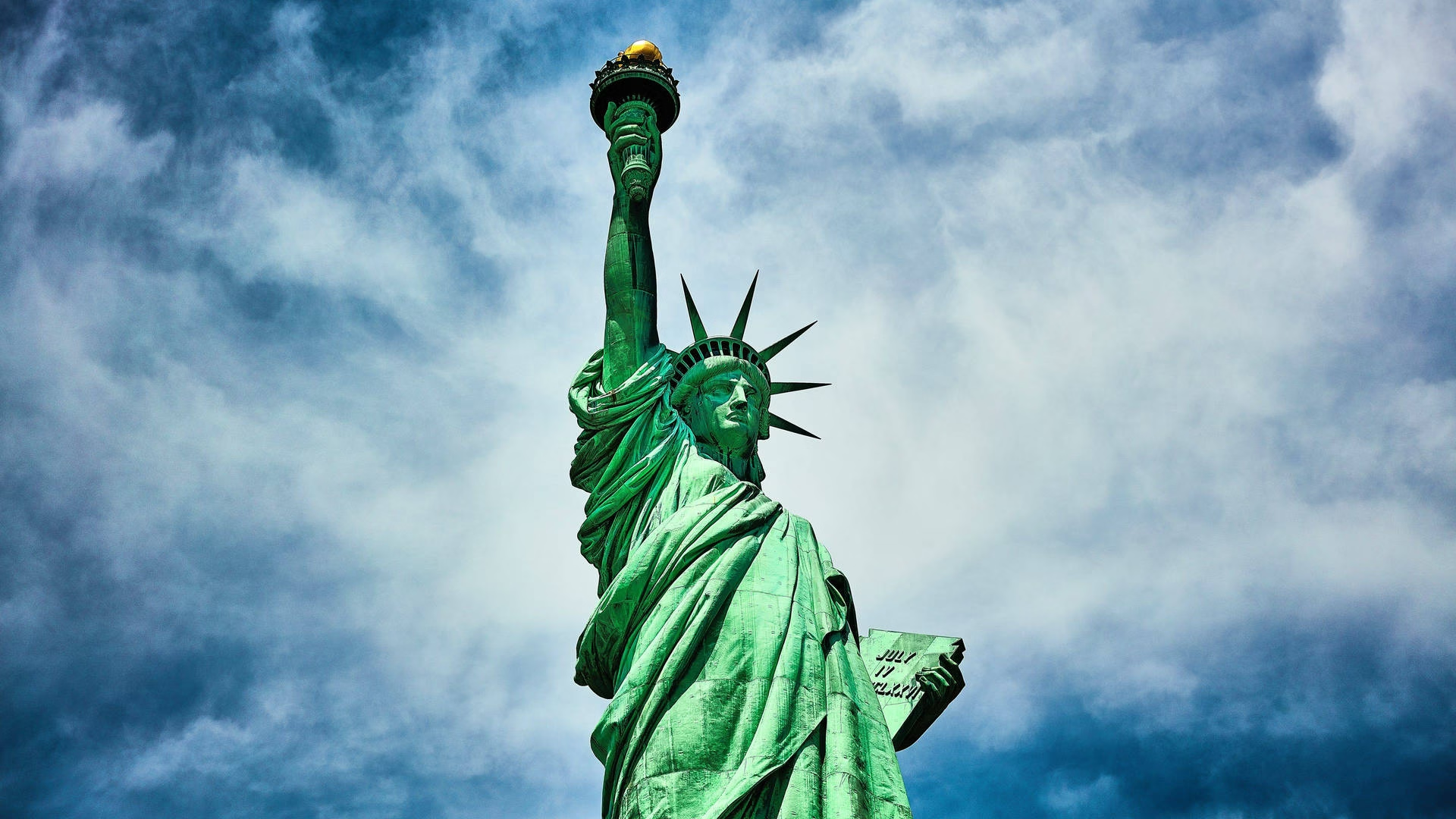
How to Study in the USA After 12th Arts from India
So, you’ve just completed your 12th grade in the Arts stream and are dreaming of studying in the United States? Congratulations—you’re about to embark on an exciting journey! While STEM fields often dominate study-abroad conversations, the USA offers endless opportunities for Arts students too. Whether you’re passionate about literature, psychology, journalism, or even business, American universities welcome diverse academic backgrounds. Let’s break down everything you need to know to turn this dream into reality.
Why Choose the USA for Higher Education?
The United States has long been a magnet for international students, and for good reason:
- World-Class Universities: Institutions like Harvard, Yale, and NYU consistently rank among the best globally.
- Flexible Curriculum: Unlike rigid systems, U.S. colleges let you explore multiple subjects before declaring a major.
- Career Opportunities: A U.S. degree opens doors to global internships, networking, and high-paying jobs.
- Cultural Diversity: Campuses are melting pots of ideas, traditions, and perspectives.
For Arts students, this flexibility is a golden ticket. You’re not boxed into one discipline—you can blend creativity with practicality, like pairing Political Science with Data Analysis or Psychology with Marketing.
Can Arts Students Study in the USA? Absolutely!
Myth Buster: “Arts students can’t study abroad.” Wrong! The U.S. education system values interdisciplinary learning. Your 12th-grade Arts background won’t limit you—in fact, it can be an asset. Universities look for passion, critical thinking, and unique perspectives, which Arts students often excel in.
Popular Courses for Arts Students:
- Humanities: English Literature, History, Philosophy
- Social Sciences: Psychology, Sociology, International Relations
- Creative Arts: Fine Arts, Performing Arts, Film Studies
- Professional Programs: Journalism, Business Administration, Public Policy
Even fields like Economics or Environmental Studies are accessible, as many universities don’t require prior STEM coursework.
Eligibility Criteria for Indian Arts Students
To apply for undergraduate programs in the USA, you’ll need:
- Academic Records: A strong 12th-grade score (minimum 60-70%, though top universities may require higher).
- English Proficiency: TOEFL (80+ iBT) or IELTS (6.5+).
- Standardized Tests: SAT/ACT scores are optional at many schools now (e.g., University of Chicago, NYU).
- Application Essays: A compelling Statement of Purpose (SOP) showcasing your goals and passion.
- Letters of Recommendation (LORs): From teachers who can vouch for your skills.
- Portfolio: Required for creative fields like Fine Arts or Design.
Pro Tip: Struggling with SAT prep? Focus on universities with test-optional policies to save time and stress.
Top U.S. Universities for Arts Students
Here’s a mix of Ivy League, public, and private institutions known for their Arts and Humanities programs:
| University | Popular Majors | Annual Tuition (USD) |
|---|---|---|
| New York University | Journalism, Performing Arts | $56,500 |
| University of Michigan | Psychology, Political Science | $53,000 (out-of-state) |
| UCLA | Sociology, Film Studies | $43,000 |
| Parsons School of Design | Fine Arts, Fashion Design | $54,000 |
| Arizona State University | Business Administration, Communication | $32,000 |
Budget-Friendly Option: Community colleges like Santa Monica College offer affordable 2-year associate degrees, which can later transfer to top universities.
Step-by-Step Application Process
- Start Early (12-15 months before intake):
- Research universities and shortlist 6-8 options.
- Note deadlines (Early Decision: Nov | Regular Decision: Jan).
- Prepare Documents:
- SOP: Highlight why you chose Arts and how the program aligns with your goals.
- LORs: Request teachers to emphasize skills like creativity or leadership.
- Take Required Tests: Schedule TOEFL/IELTS and SAT (if needed).
- Apply Online: Use platforms like Common App or Coalition App for multiple universities.
- Secure Funding: Apply for scholarships before admission results.
- Accept Offer & Apply for Visa: Once accepted, obtain the I-20 form and schedule an F-1 visa interview.
Cost of Studying in the USA
Studying in the U.S. is an investment. Here’s a rough breakdown:
- Tuition: $15,000–$15,000–$55,000/year (public universities are cheaper).
- Living Expenses: $10,000–$20,000/year (varies by city).
- Miscellaneous: Health insurance, books, and travel ($3,000–$7,000).
Total Estimate: $28,000–$82,000/year.
Scholarships for Indian Arts Students
Don’t let costs deter you! Scholarships can significantly reduce expenses:
- Merit-Based:
- Inlaks Shivdasani Foundation Scholarships (up to $100,000).
- Yale International Scholars Program (need-blind aid).
- University-Specific:
- NYU Wagner Scholarships for Public Policy students.
- ASU International Freshman Scholarship (4,000–4,000–15,000).
- External Funding:
- Tata Scholarship (Cornell University).
- Fulbright-Nehru Fellowships (for Master’s programs).
Pro Tip: Use scholarship search engines like Fastweb or Chegg to find niche opportunities.
F-1 Student Visa Guide
Your visa process starts after receiving the I-20 form. Here’s what you’ll need:
- Visa Interview Essentials:
- Valid passport
- Proof of funds (bank statements, loan approval)
- University acceptance letter
- Common Visa Questions:
- “Why did you choose this university?”
- “What are your career plans after graduation?”
- Key to Success: Show strong ties to India (family, property) to assure your return post-studies.
Tips to Thrive as an Arts Student in the USA
- Leverage Flexibility: Take electives in unexpected fields—a Literature major could add Coding or Marketing courses.
- Build a Network: Attend guest lectures, join clubs, and connect with professors.
- Internships Matter: Apply for Curricular Practical Training (CPT) to gain work experience.
- Embrace Cultural Shifts: Learn to adapt—whether it’s American classroom debates or collaborative projects.
Final Thoughts
Studying in the USA after 12th Arts isn’t just possible—it’s a launchpad for global success. Whether you’re analyzing Shakespeare at Yale or exploring social justice at Berkeley, the U.S. education system empowers you to think critically, innovate, and lead. Yes, the journey involves planning, exams, and paperwork, but the rewards—personal growth, career opportunities, and unforgettable experiences—are worth it.
Also Read: How to Earn Money Online Without Spending a Dime: Proven Strategies
Your Next Steps:
- Shortlist 3 universities by next week.
- Draft your SOP highlighting your Arts journey.
- Connect with alumni on LinkedIn for firsthand insights.
The world is waiting for your unique voice. Go claim your seat!






